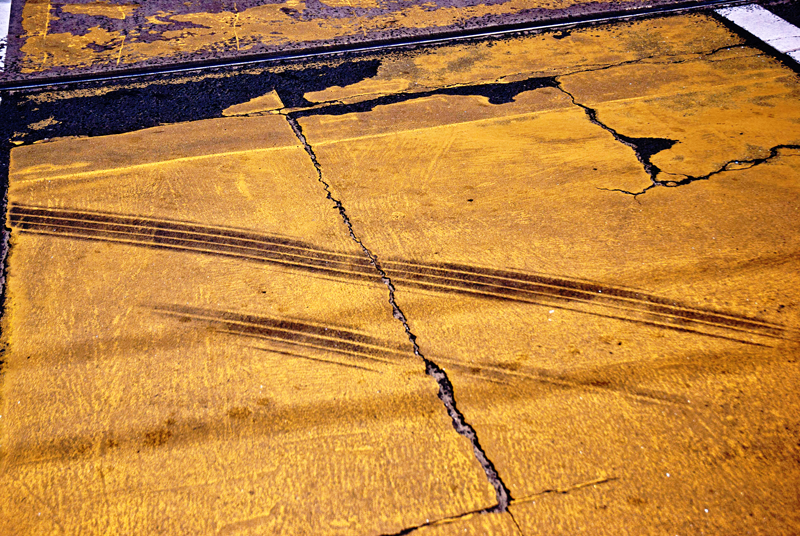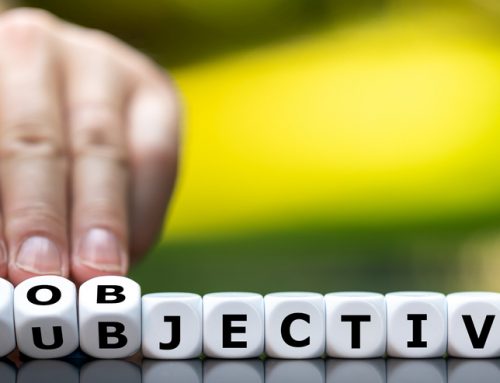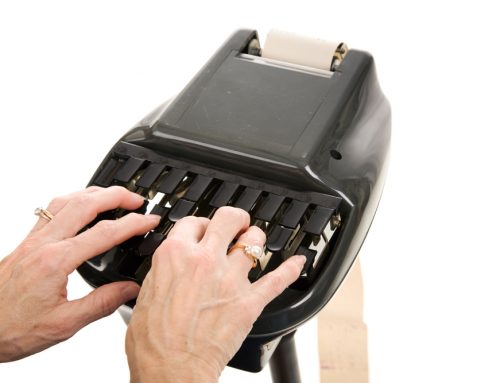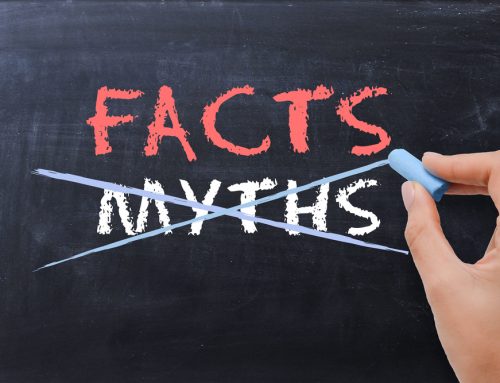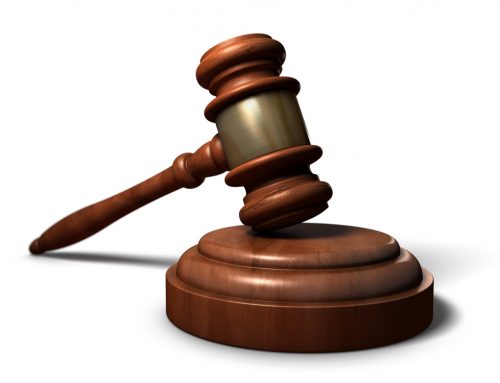In Casteel v. Maddalena, the Court of Appeal for the Second District examines whether a witness that provides unexpected false testimony to a personal injury attorney during trial can be used to obtain relief from the judgment based on newly discovered evidence and/or fraud. In the instant case, John Casteel was riding his motorcycle. It is not in dispute that he pulled up to a stop sign on the right side of a four lane roadway, separated by a median. Casteel claims that he crossed halfway across the four lane highway and stopped on the median and put his foot on the ground to steady his motorcycle while he waited for the traffic to clear from the traffic flowing in the opposite direction. It was during this time that Casteel alleges Anna Maddalena struck Casteel with her vehicle. Maddalena disputes this account, and instead indicates that Casteel was still crossing the road when she hit him. Maddalena further testified to a personal injury attorney that she was within her lane when she hit Casteel. Based on their testimony, a jury in the personal injury litigation placed Casteel 55% liable for the accident, while Maddalena was found to be 45% liable. A major portion of dispute argued by the personal injury attorneys was the exact location of the accident. Casteel’s girlfriend, Melanie Lopez, surprised the court when she testified to the personal injury attorney that she viewed skid marks at the scene. Lopez’s testimony was a surprise to Maddalena because Lopez claimed that the roadway had been paved the day before. This testimony would solidify that Maddalena’s vehicle caused the skip marks because there it would be unlikely that any other vehicles skid since the fresh pavement had been laid. However, Lopez’s testimony was false, when in fact, Maddalena’s personal injury attorney determined after the trial that the road had been paved up three weeks, and not less than ten days, before the accident. Based on this newly discovered evidence, Maddalena’s personal injury attorney filed—and was granted—a motion for relief of the judgment pursuant to Fla. Rul. Civ. P. 1.540(b)(2) The trial court erred because the case was dismissed based on Lopez’s fraudulent statement.[2] However, the particular rule allows for dismissal only when a party commits fraud and Lopez was not a party to the personal injury lawsuit. In addition, no evidence existed, nor did Maddalena’s personal injury attroney allege, that Casteel encouraged Lopez to provide false testimony. For this reason, the trial court erred by granting the motion based on fraud. However, the trial court would have erred regardless of whether it granted Maddalena’s motion based on fraud or based on new evidence. The trial court erred based on fraud because (1) the court did not conduct an evidentiary hearing to allow Casteel the opportunity present evidence on that issue, nor did Maddalena allege fraud in her motion for relief from the judgment. The trial court also erred because reversal based on newly discovered evidence requires the movant to demonstrate that she could not have discovered the evidence through due diligence within the time to move for rehearing or a new trial. Accordingly, the trial court reversed and remanded.
Personal Injury Attorney Reviews Casteel v. Maddalena
[1]


